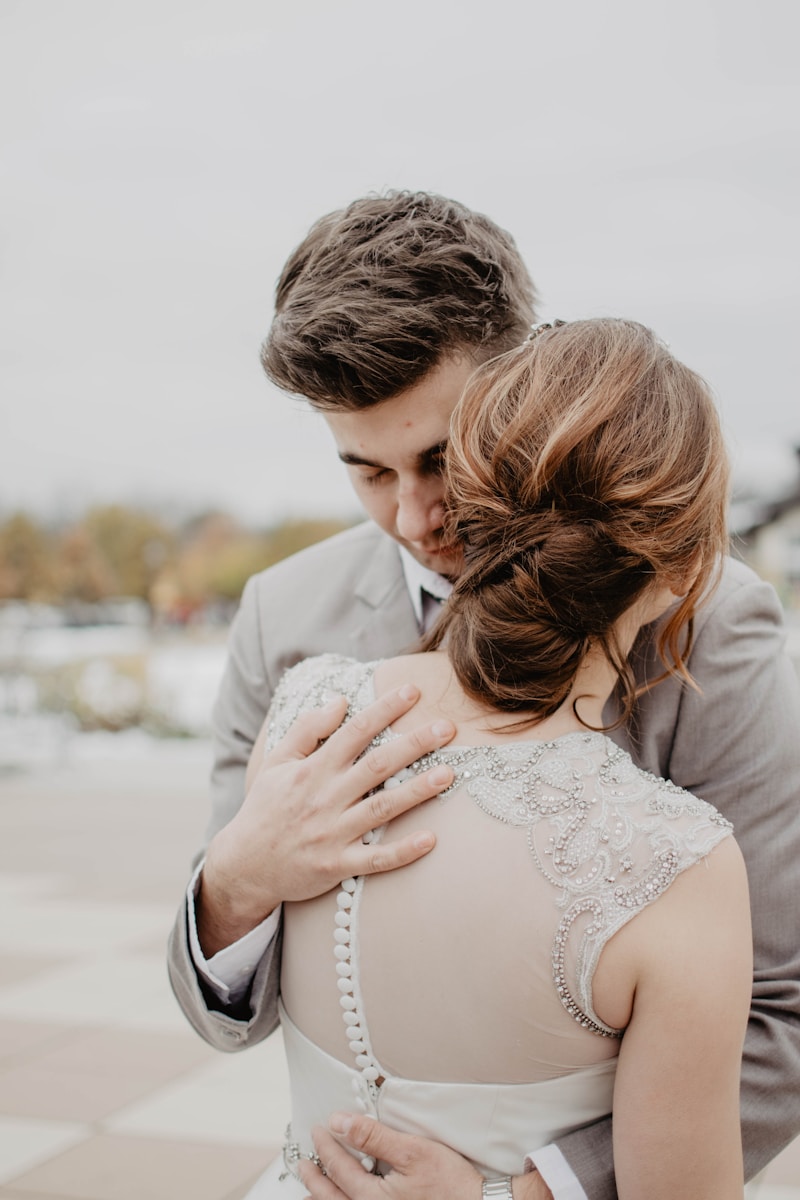Creating a Cross-Cultural Wedding Narrative: Bridging Traditions and Celebrating Love
Understanding the Essence of Cross-Cultural Weddings
In today's globalized world, the concept of marriage has evolved into a beautiful tapestry of diverse traditions and cultures. Creating a cross-cultural wedding narrative not only represents the union between two individuals but also serves as a unique blend of rich customs, rituals, and stories. This article delves into how to weave together varied cultural elements into a cohesive wedding narrative that honors both families’ heritages while showcasing the couple's love story.
The Importance of Cross-Cultural Weddings
Cross-cultural weddings highlight the beauty of diversity and inclusiveness. They offer a chance for families and societies to come together, bridging gaps not only between two individuals but also between their respective cultures.
Why Create a Cross-Cultural Narrative?
When creating a cross-cultural wedding narrative, you celebrate your unique backgrounds and experiences. This narrative is essential for several reasons:
- Fostering Understanding: By integrating different traditions, families learn to appreciate and understand one another’s cultural backgrounds.
- Creating Lasting Memories: A blended narrative ensures that both families feel represented, creating joyous memories that will last a lifetime.
- Unique Storytelling: Every couple has a distinct story. Incorporating different cultural elements allows for creative storytelling that reflects who you are.

Steps to Create Your Cross-Cultural Wedding Narrative
Creating a cross-cultural wedding narrative involves careful planning and collaboration. Here are the steps to ensure a meaningful blend of both cultures.
1. Discuss Cultural Elements
Begin by having an open conversation with your partner about the cultural traditions and customs that are significant to each of you. Discuss elements like:
- Rituals and ceremonies
- Attire and adornments
- Food and beverages
- Music and entertainment
2. Identify Core Values
Every culture has core values, which often dictate the significance of various traditions. Identify and discuss these core values to ensure you honor both cultures appropriately during your wedding ceremony.
3. Build a Collaborative Plan
Once you have discussed customs and core values, start building a collaborative plan that combines your ideas. Be open to compromise and creative solutions to ensure that both families’ traditions are represented. Consider creating a timeline to visualize how different elements will fit together.
| Cultural Element | Culture A | Culture B |
| Rituals | Handfasting | Traditional Indian Saat Phere |
| Attire | Kilt and Dress | Saree and Sherwani |
| Food | Scottish Haggis | Indian Biryani |
4. Choose a Venue That Represents Both Cultures
The wedding venue can play a crucial role in the narrative. Look for a location that can be equipped to embrace both cultures, whether it’s a community center, garden, or even a destination wedding location that speaks to your hearts.
5. Ceremony and Reception Program
Plan a ceremony and reception program that highlights various cultural aspects. For instance, you may want to incorporate specific readings or blessings from each culture and even different performance opportunities, such as cultural dances or songs to highlight the couple’s unique stories.
Including Family and Guests
Involving family and friends in the planning process can enhance the narrative. Reach out for suggestions to make them feel included and valued in this journey. Getting them involved can also help to ease any tensions related to merging cultures.
Personal Story and Journey
Share your personal journey as a couple with your family and guests. Use invitations or speeches to recount how you met, your adventures, and your mutual love for both cultures. This can be a great way to set the tone for the wedding and further enrich your narrative.
Popular Cross-Cultural Wedding Traditions
Integrating various cultural elements could include practices like:
- Unity Ceremony: This can be performed in various ways such as a sand ceremony, candle lighting, or tying a knot, showcasing the blend of two families.
- Harmony in Music: Create a playlist that incorporates songs from both cultures that hold significance, ensuring that every guest feels included on the dance floor.
- Culinary Fusion: Offer a diverse menu that represents both cultures, allowing guests to experience the couple’s heritage through cuisine.
Capturing the Moments
Ensure that the photography and videography capture the essence of your cross-cultural wedding narrative. Discuss with your photographer the key rituals and cultural customs you want to be documented, ensuring they respect and understand cultural sensitivities.
Final Thoughts
Creating a cross-cultural wedding narrative is a beautifully transformative process that transcends mere traditions. It is a reflection of love, respect, and commitment, bridging gaps between families and cultures. This journey is about creating a unique story that highlights what makes you, as a couple, special. As you embark on this exciting adventure, remember to communicate openly, respect each other's backgrounds, and above all, have fun celebrating your love.
In conclusion, successful integration of cultural customs takes thoughtful planning and collaboration. By understanding the importance of the narrative, you facilitate a joyous event that resonates with all, creating a day that will be cherished forever. Remember, your love story is unique, and your wedding is a canvas on which you can paint your shared future.